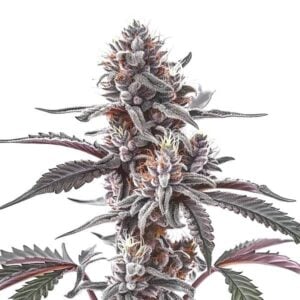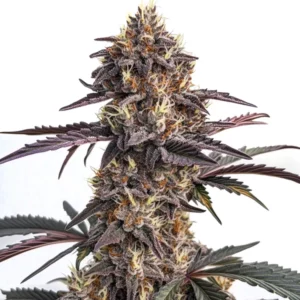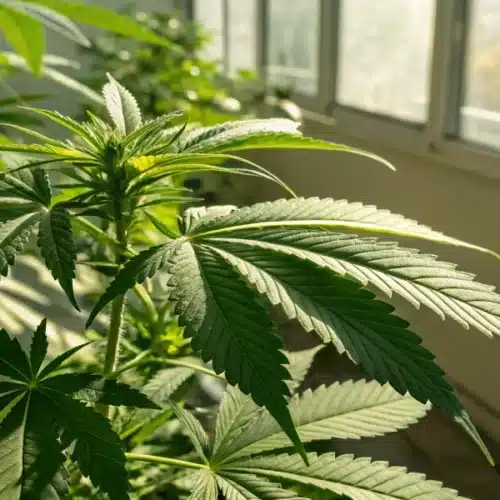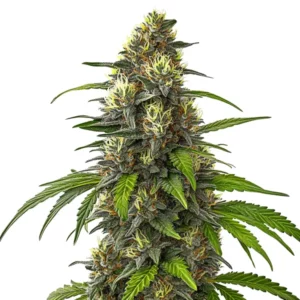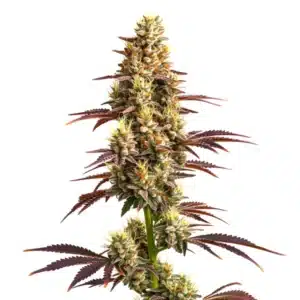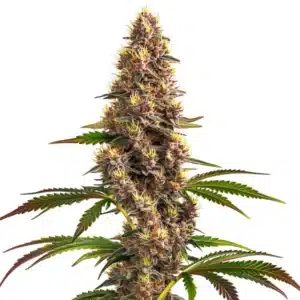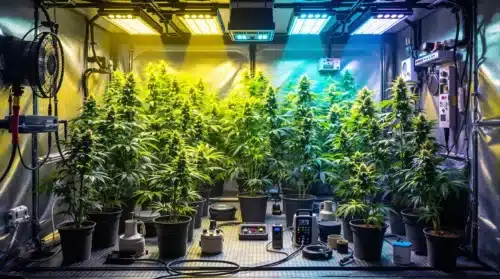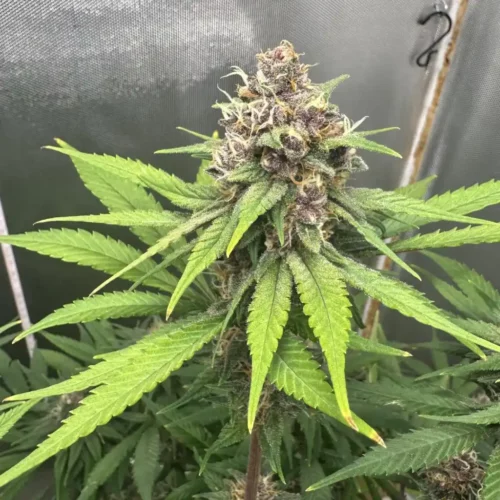Importance of Climate Control
Cannabis Climate Control Temperature Regulation
Temperature plays a critical role in the growth and development of cannabis plants. As a fundamental aspect of Cannabis Climate Control, maintaining the right temperature range can significantly influence photosynthesis, nutrient uptake, and overall plant health. When cultivating cannabis indoors, aim for temperatures between 70°F to 85°F (20°C to 29°C) during the light cycle and slightly cooler during the dark cycle.
A crucial tip is to avoid temperature differences greater than 10°C between day and night. Large fluctuations can stress your plants and slow down their metabolic activity, reducing potency and yield. Stable temperatures help create a rhythm that encourages healthy development across all stages of growth.
During the vegetative stage, a stable temperature helps promote robust growth. Conversely, in the flowering stage, slightly lower temperatures can encourage resin production and enhance the aromatic profile of the flowers. Understanding how temperature fluctuations impact your plants allows you to fine-tune your growing environment for optimal outcomes.
Humidity Management
Humidity levels are equally vital in managing a successful cannabis cultivation environment. Cannabis thrives in humidity levels between 40% and 60% during the vegetative stage, while the flowering stage benefits from lower humidity levels, ideally around 40% to 50%. High humidity can lead to mold and mildew, while low humidity can cause stress and hinder growth.
One of the clearest signs of incorrect humidity or temperature is in the leaves. They should appear upright, vibrant, and green. If the leaves look droopy, curled, or discolored, it’s often a sign of poor climate control.
Investing in a hygrometer can help you monitor humidity levels accurately. If you notice excessive moisture, consider using dehumidifiers or fans to improve airflow. Conversely, if your environment is too dry, humidifiers can introduce the necessary moisture. Striking the right balance in humidity is key to maximizing the potential of your cannabis plants.
CO₂ Enrichment
Carbon dioxide (CO₂) is a game-changer in controlled environments. Elevated CO₂ levels can increase the rate of photosynthesis, leading to faster growth and potentially higher yields. However, CO₂ should only be added when all other environmental factors light, temperature, nutrients are optimized. Aim for a concentration of 1000 to 1500 ppm during the light cycle for best results.
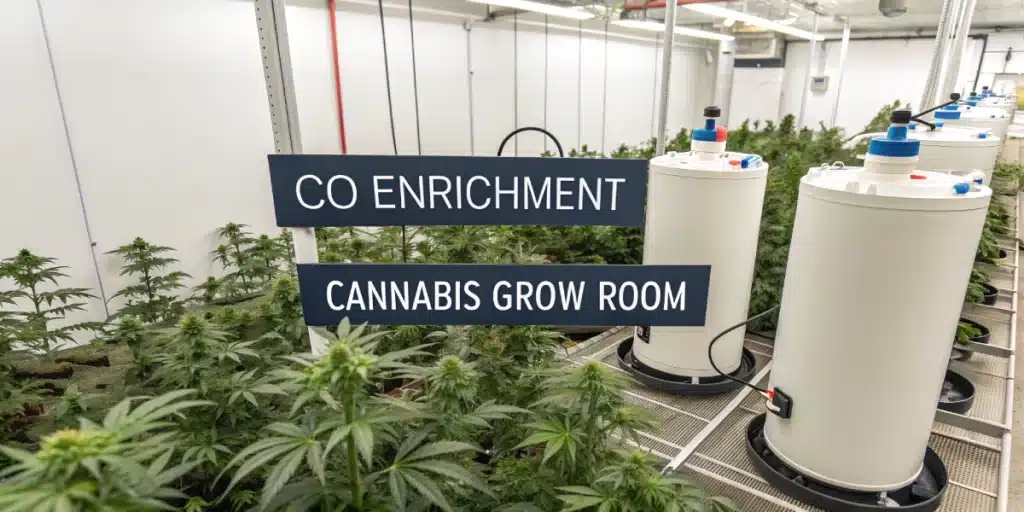
Using CO₂ tanks, generators, or natural fermentation systems are common ways to enrich CO₂. Always monitor levels carefully, as excessive CO₂ can be harmful to both plants and humans. A sealed grow room with environmental controls is ideal for CO₂ supplementation.
Promos & Deals
Cannabis Climate Control Ventilation Strategies
Airflow Optimization
Proper airflow is essential for maintaining a healthy cannabis climate control system. Good ventilation helps regulate temperature and humidity, ensuring that your plants receive adequate fresh air. Stagnant air can lead to various issues, including mold growth and nutrient deficiencies.
To maintain ideal airflow, your exhaust fan should always be twice as powerful as your intake fan. This ensures negative pressure in the grow room and promotes efficient air exchange. Position fans strategically to promote circulation throughout the space. Oscillating fans can also help distribute air evenly, preventing hotspots and ensuring that every plant benefits from a consistent climate.
If you’re using strong airflow or running fans frequently, consider installing an automated irrigation system, since increased air movement can dry out the substrate more quickly, leading to dehydration.
Equipment Choices
When it comes to equipment for cannabis climate control, selecting the right tools can make all the difference. Invest in high-quality fans, dehumidifiers, and heaters that suit the scale of your operation. For small grow spaces, compact equipment may suffice; however, larger operations may require industrial-grade solutions to manage climate effectively.
Consider the energy efficiency of your equipment as well. Energy-efficient tools not only reduce your carbon footprint but also save you money in the long run. Look for products with good reviews and proven performance to ensure you’re making a wise investment in your cannabis climate control strategy.
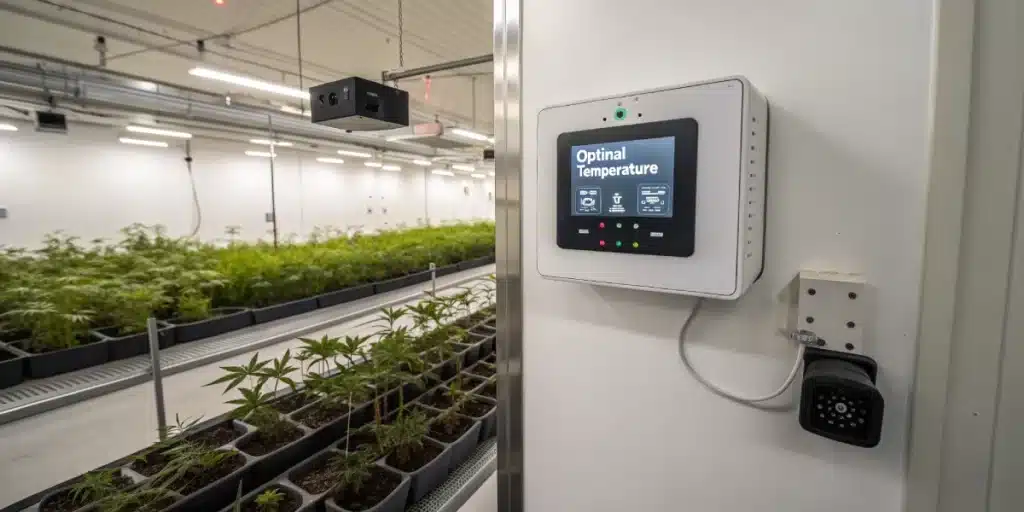
Sealed vs. Open Grow Rooms
Choosing between a sealed or open-loop system impacts how you approach climate control. A sealed room offers complete environmental control and is ideal for CO₂ supplementation. However, it requires more investment in cooling, dehumidification, and air purification.
Open-loop systems rely on constant air exchange with the outside and are generally cheaper to set up but more susceptible to external climate fluctuations. Each system has its pros and cons, so your choice should align with your goals, budget, and local climate conditions.
Cannabis Climate Control Light and Heat Interaction
Managing Heat from Grow Lights
Lighting is a primary heat source in indoor cannabis cultivation. HID lights like HPS and MH generate significant heat, which can lead to temperature spikes if not managed correctly. Even LEDs, though cooler, can still impact room temperature when used in large numbers.
Use air-cooled reflectors, ballasts outside the grow room, and adjustable-height lighting to mitigate excessive heat. Combining proper light management with climate control ensures your plants receive optimal light without overheating.
Photoperiod and Environment
The light cycle not only controls plant growth stages but also influences environmental conditions. During lights-on hours, temperatures naturally rise, so schedule your light cycle to match cooler parts of the day if possible especially during summer months. This strategy helps reduce HVAC strain and stabilizes your grow environment.
Cannabis Climate Control Troubleshooting Issues
Common Problems
Even the most experienced cannabis growers encounter challenges that can disrupt their climate control efforts. Common issues include temperature spikes, humidity fluctuations, and poor airflow. These problems can arise from equipment failures, inadequate planning, or changes in external weather conditions.
For example, if your temperature rises unexpectedly, it could be due to a malfunctioning air conditioning unit or a lack of ventilation. Similarly, humidity levels can fluctuate if your dehumidifier is not functioning correctly or if there is excess moisture in the grow space. Recognizing these common problems early can help you take corrective action and maintain a stable environment for your plants.
Effective Solutions
Addressing climate control issues requires a proactive approach. Regularly inspect your equipment to ensure everything is functioning as intended. Create a maintenance schedule for cleaning filters, checking fans, and calibrating temperature and humidity sensors.
Additionally, stay informed about the weather outside. Changes in outdoor temperatures and humidity can affect your indoor environment, so being prepared with contingency plans like supplemental heating or cooling can help you respond swiftly to unexpected changes. By developing a keen awareness of your growing conditions, you can implement effective solutions that keep your cannabis plants thriving.
Automation and Monitoring Tools
Smart Sensors and Controllers
Modern technology makes climate control easier than ever. Smart grow room controllers can automate temperature, humidity, and even CO₂ levels with precision. These systems use real-time data to make adjustments on the fly, eliminating the need for constant manual checks.
Investing in integrated controllers that connect to your mobile device can give you peace of mind, whether you’re managing a small home grow or a large-scale operation. Alerts, logs, and analytics help identify trends and issues early, keeping your plants happy and your yields consistent.
Remote Access and Data Logging
Remote monitoring tools allow growers to check on their environment from anywhere. These tools often include cloud-based platforms where historical data is logged for analysis. By reviewing temperature and humidity trends over time, you can refine your grow strategy and preemptively adjust for seasonal changes or equipment aging.
FAQs About Cannabis Climate Control
What is the ideal temperature range for cannabis growth?
The ideal temperature range for cannabis growth is between 70°F to 85°F (20°C to 29°C) during the light cycle and slightly cooler during the dark cycle.
How can I manage humidity levels in my grow room?
To manage humidity levels, use a hygrometer to monitor moisture, and implement dehumidifiers or fans to reduce excess humidity, or humidifiers to increase moisture if levels are too low.
What are the signs of poor ventilation in a cannabis grow room?
Signs of poor ventilation include stagnant air, heat buildup, mold growth, and an overall decline in plant health. If you notice these issues, it may be time to reevaluate your airflow strategies.
Should I use CO₂ in my grow room?
CO₂ can enhance plant growth, but it’s most effective in sealed rooms where all other conditions light, nutrients, and temperature are already optimized. Overuse without control can be harmful, so proceed with caution and use a CO₂ monitor.
Is automation worth it for small grows?
Yes. Even in small setups, automation tools like smart plugs, timers, and basic controllers can reduce manual labor and increase consistency. Over time, they pay for themselves in saved energy and improved harvests.


